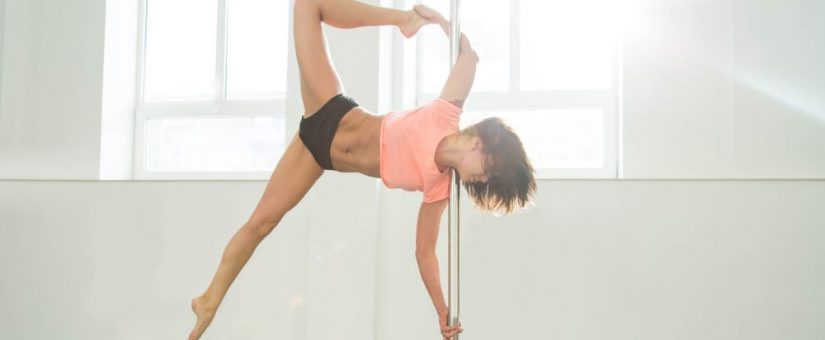
THE HISTORY OF POLE DANCING AS WE KNOW IT
THE HISTORY OF POLE DANCING AS WE KNOW IT
Pole dancing has been a staple of the adult entertainment industry since the advent of the world’s oldest profession. While pole dancing conjures up images of gentlemen’s clubs or exercise studios and feels like a completely modern invention, the history of pole dancing is long and varied, and just as enticing as any of the dancers you can see on stage. Here are some highlights about the history of this form of adult entertainment so that you can get a fuller understanding of the evolution of the pole.
Sacred Rituals
Like many other forms of adult entertainment, pole dancing may have its roots in ancient religion. Prehistoric and early ancient societies like Mesopotamia and Egypt were awash with ancient priestesses who would indulge in sacred intimate acts to ensure healthy crops for their villages. In Egypt, a high priestess of the sun god Amun-Re, known as the God’s Wife, would engage in dances of seduction around the statue of the god to ensure he blessed the earth with sunlight again.
Interesting enough, another thing sacred to ancient societies was the production and serving of beer. Mesopotamia even had a goddess dedicated solely to beer, and the women who helped brew and serve the beer were considered keepers of divine knowledge.
Medieval Folklore
Pole dancing can also trace its roots back to medieval Europe and the tradition of the maypole. Dating back from at least the 12th century, unmarried European would bring in the coming of spring on May 1 (known as May Day), dancing and tying ribbons around a maypole, hoping it would bring good fortune in the marriage market.
A similar tradition can be traced back to medieval African tribes. In these tribes, women would dance in front of their potential future husbands, to entice them and bring good luck in fertility and childbirth.
Moulin Rouge
During the “long century” of France, a period from the French Revolution in 1789 to the start of World War One in 1914, Paris cemented its longstanding role as the center of new ideas of art, politics, and sex. The crown center of this Bohemian playground was the Moulin Rouge cabaret. Opened in 1889 by Joseph Oller and Charles Zidler, the club quickly gained notoriety for its saucy dance numbers that encouraged patrons to join in on the fun. The club was also known for its signature dance, the Cancan, which at the time was considered to be quite scandalous. The Moulin Rouge remains a place enriched in history and entertainment for those visiting Paris today.
Hoochie Coochie
The origins of modern pole dancing and many of the traditions we associate with pole dancing started in the early 20th century. This form of dance began when minstrels and circuses would employ “hoochie coochie” girls to dance around the poles that supported the tents, in a fashion that emulated the Parisian Cancan, as well as Middle Eastern belly dancing. The dances had an erotic and exotic effect, as many of the hoochie coochie dancers were (or at least claimed to be) of Middle Eastern or Romani descent. This factor added a salacious air of exoticism to the sideshow, making a huge draw for the respective venues and the “hoochie coochie men” who would act as the girls’ proprietors.
Modern Pole Dancing
While pole dancing maintains its air of seduction and adult entertainment, the social views on it have softened. In the present day, many recognize it for the legitimate and incredibly physical form of dance that it is.
In 1994, Canadian dancer Fawnia Mondey took her experiences as a weightlifter and professional athlete and combined them with the well-established seductive qualities of pole-dancing and lap dances, revolutionizing how the masses saw pole dancing. The type of dance quickly became seen as a legitimate form of exercise, and many nondancers began to take classes, commenting on the way pole dancing toned and sculpted their core muscles, arms and legs. Pole dancing has since been seen as a liberating and even feminist activity, with Academy Award-winning screenwriter Diablo Cody writing a memoir about her experiences as a semi-professional dancer.
Pole dancers aren’t the only women in the clubs to find liberation in recent years. Many women have come along to find major success in the bartending business, breaking down the glass ceiling that saw women in strip clubs as merely dancers or servers. During Prohibition, women like Ada Coleman and Mary Louise Cecilia “Texas” Guinan followed in the flapper-spirit of liberation and found themselves successful barkeeps and mixologists.
The next time you visit one of our Cheetah locations, keep this history of the art of pole dancing in mind, so you can truly appreciate the artistry of this most entertaining form of dance.
